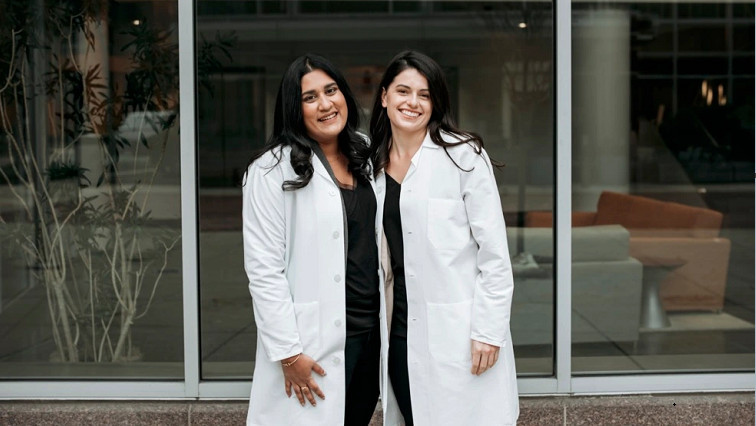“We understand the disease biology, we just don’t have the appropriate tools to characterize the bugs that are causing these problems,” Burklund told TechCrunch in an interview. “You don’t just want to know, is there an infection? You want to know what bug is causing the infection. Is it susceptible to antibiotics? What is the relative concentration of that pathogen, those are all necessary criteria for a clinician to make a decision on treatment.”
The company claims to identify DNA and RNA without the use of any nucleic acid amplification technology (NAAT) to screen potential disease, and get results within 15 minutes, compared to up to two hours for a generic PCR test. NAATs are typically used to diagnose diseases today, and oftentimes allow untrained staff in a controlled setting to use — though, there are concerns for use in decentralized settings.
Currently, however, Nanopath’s technology is only able to identify genetic make-ups of human papillomavirus (HPV) and urinary tract infections.
According to a report done by Medscape, the usual time a doctor estimated they spent with a patient is between 13 to 16 minutes.
The goal for Burklund and Tadimety is to have their technology across medical offices in the country so women can get a diagnosis within 15 minutes, the standard duration of the average appointment.
“It’s crucial that there’s a place where [patients] can get a point of care result, and that treatment within that single office visit,” Burklund said. “Eventually there might be a reimbursement model that supports that, but we just want to make sure that our business model is really holistically serving the needs of all patients.”
Nanopath just raised a $10 million Series A funding round co-led by Norwest Venture Partners and the Medtech Convergence Fund with participation from Gingerbread Capital and Green D Ventures.
This round’s funds will go toward building out the startup’s technical teams and potentially moving their product mainstream — once they conduct pilot studies and apply for FDA approval.
Even assuming the product clears those hurdles and makes it to market, the idea that they will come to set a new direction for diagnostic testing is ambitious. Despite their claims on being able to provide faster and precise diagnosis, they are still going up against the mainstream testing companies used nationally.
But for the founders, the idea of trying to reinvent the space is a challenge worth tackling.
“[Patients, now] have to wait a few days for the local lab to get the answer, and then the doctor has to track down the patient and maybe change their treatment,” Tadimety sadid. “And so this is critically important when we think about the number of patients that are lost to follow up, or that are hard to reach or that are being given the wrong treatment, because we just don’t have a tool that can identify what they need during that visit.”
Read the original article on TechCrunch.







